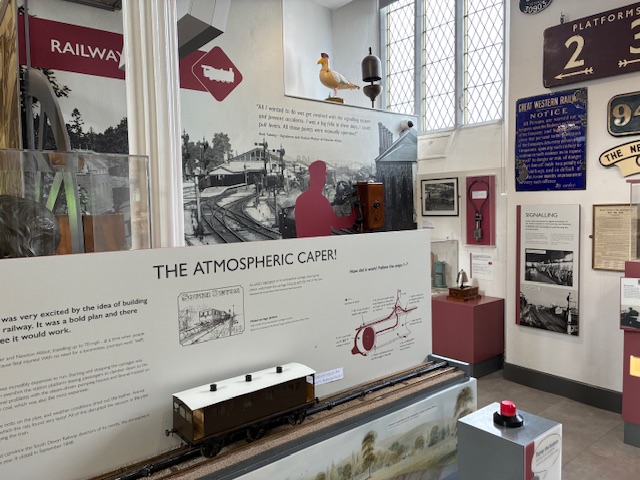History of Newton Abbot
A Brief History of Newton Abbot
Newton Abbot’s history dates to Saxon times, with its name derived from the Old English words for “new settlement” (Newton) and its association with the Abbots of Torre Abbey, who owned much of the land in the medieval period.
During the Middle Ages, the town developed as a market centre, benefiting from a Royal Charter granted in 1220, which allowed for weekly markets and annual fairs. This helped Newton Abbot grow into an important hub for trade and commerce in Devon.
The Industrial Revolution brought significant changes, particularly with the arrival of the railway in the 19th century. Newton Abbot became a major railway town, home to the South Devon Railway locomotive works, which boosted employment and local prosperity. The town played a key role in linking Devon and Cornwall to the rest of the country, making it a crucial transport and commercial centre.

Historical Newton Abbot!
Newton Abbot was also notable for its wool and leather industries, which thrived alongside its markets and agricultural trade. The Stover Canal, built in the late 18th century, further supported industry by transporting ball clay, a valuable material used in ceramics, to the coast.
During World War II, Newton Abbot suffered damage from bombing raids, given its strategic railway importance. However, the town rebuilt and continued to evolve into the modern, bustling market town it is today.
Today, Newton Abbot remains a dynamic town, balancing its rich heritage with a forward-looking spirit. Visitors can explore its past at the Newton Abbot Museum, walk around historic sites like St. Leonard’s Tower, or the ‘Clock Tower’ as it is known to most locals, (and venture inside during seasonal opening of the Tower between May and September), and enjoy the town’s deep-rooted traditions that continue to thrive in the present day.
Want to find out more?
You can find out more about the history of Newton Abbot in our town Museum in Newtons Place!

